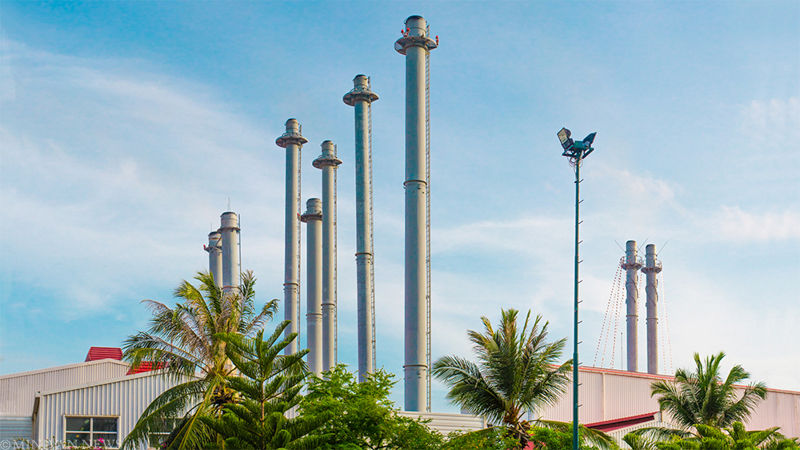Maldives cuts electricity subsidies
Households across the country are facing higher electricity bills in March after the government revised tariff rates and decided to discontinue electricity subsidies next month.

26 Jan 2016, 9:00 AM
Households across the Maldives are facing higher electricity bills in March after the government revised tariff rates and decided to discontinue electricity subsidies beginning next month.
The new rates were announced at a joint press conference yesterday by the energy ministry, the State Electricity Company, Fenaka Corporation, and the National Social Protection Agency.
Aside from the capital Malé and its suburbs Hulhumalé and Vilimalé, the electricity tariff has been harmonised to a standard rate for all other inhabited islands.
In the Greater Malé Region, the rates for usage below 400 units have been lowered by up to 25 laari, whilst the rate for usage above 400 units have been raised by 40 laari. But in the absence of the electricity subsidy, March’s electricity bill for all households will increase by more than 20 percent.
Become a member
Get full access to our archive and personalise your experience.
Already a member?
Discussion
No comments yet. Be the first to share your thoughts!
No comments yet. Be the first to join the conversation!
Join the Conversation
Sign in to share your thoughts under an alias and take part in the discussion. Independent journalism thrives on open, respectful debate — your voice matters.




